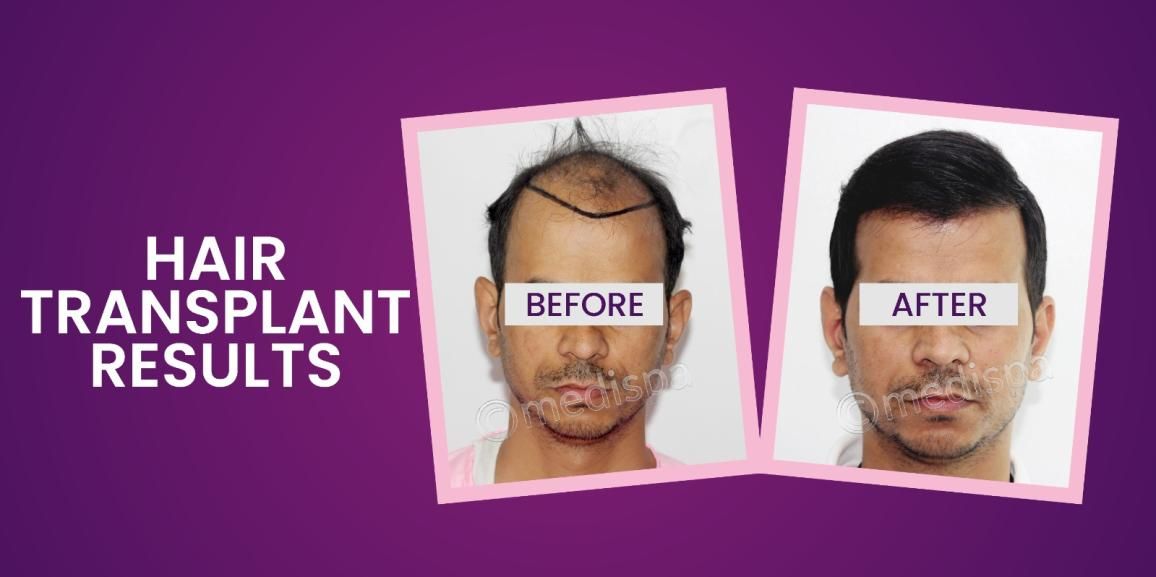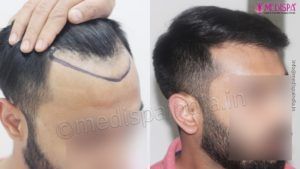
Faridabad ranks among the most densely populated cities in Haryana and is renowned for its extensive industrial sector located near Delhi. It has been recognized as one of the fastest-growing cities in India and has rapidly emerged as a favored destination for tourists.
While the city offers a variety of cosmetic procedures, it is not particularly noted for its hair restoration services. In contrast, Delhi, which is conveniently located adjacent to Faridabad, is celebrated for its superior hair restoration options, attracting individuals seeking hair transplant tourism in pursuit of optimal outcomes.
The demand for hair transplant in Faridabad is on the rise; however, many individuals experiencing hair loss prefer to travel to Delhi, which is in close proximity, for their hair transplant needs. Although the hair transplant cost in Faridabad is similar to those in Delhi, the quality of services available in Delhi is undeniably of a world-class standard, prompting many to make the journey there.
Hair transplant procedures entail the extraction of hair grafts from donor areas, which are specifically those regions that possess permanent hair roots or DHT-resistant hair roots. When these grafts are transplanted to bald areas, they yield permanent results that can last a lifetime.
Medispa hair transplant clinic has established a reputation for excellence in hair transplantation over the past 15 years. We are recognized for our high success rates and the natural appearance of our results. To ensure the best outcomes, Medispa employs state-of-the-art techniques and the latest technological advancements.
Dr. Suneet Soni and his team are highly skilled and dedicated to delivering exceptional hair transplant results, characterized by a remarkably natural-looking hairline. With over 5,000 successful hair transplants to his credit, Dr. Soni provides numerous reasons to choose and trust our clinic for your desired hair restoration.
Hair transplant techniques
The fundamental process of hair transplant cosmetic surgery involves the extraction of hair follicles from a donor site, conducted under local anesthesia, followed by their implantation into the targeted bald area. The extraction of grafts represents a critical phase of the hair transplant procedure, necessitating meticulous execution to ensure optimal results.
There are two primary methods of hair transplantation, distinguished by their graft harvesting techniques, as outlined below:
- FUT (Follicular Unit Transplantation or Strip Technique): This method is somewhat more complex, involving surgical steps to remove a thin strip of scalp tissue from the donor region, typically located at the back and sides of the head. This strip is then sent to a graft separation area for further dissection, where individual follicular grafts, along with an appropriate amount of surrounding tissue, are extracted. These grafts are subsequently implanted into the designated bald area.
- FUE (Follicular Unit Extraction): This technique is comparatively simpler, though it requires considerable effort. It entails the extraction of individual follicular graft units from the donor site using a punch-like surgical instrument, which are then placed into the desired bald area.
Both techniques necessitate precision and can yield excellent results when chosen appropriately based on individual needs and executed skillfully by a qualified hair transplant surgeon. The selection of the technique depends on various factors, including the degree of hair loss, the number of grafts needed, the patient’s age and gender, and the hair density available in the donor area. Choosing the right surgeon and technique is essential for achieving successful hair transplant outcomes.
Significance of hair transplant surgery:
Hair transplant surgery is regarded as the most effective solution for hair loss, offering numerous advantages compared to other treatment options, including:
- Permanent results: This method uniquely provides lasting outcomes by transferring DHT-resistant follicular units that are not susceptible to thinning or miniaturization due to genetic factors. Consequently, the transplanted hair follicles remain intact for a lifetime.
- Natural appearance: When conducted with advanced technology and appropriate tools, the hair transplant procedure yields remarkably natural-looking results. The surgeon’s experience and skill are vital in achieving this natural aesthetic.
- Minimal aftercare: Following the hair transplant, the maintenance required is minimal, as the transplanted hair grows naturally, similar to the existing hair.
- Cost efficiency: In India, hair transplant has emerged as a cost-effective treatment option, attracting individuals from around the globe for hair transplant tourism.
Significance of FUT hair transplant
- This technique facilitates the acquisition of a greater quantity of hair transplants, typically ranging from 3000 to 3500. As a result, it is particularly effective for individuals experiencing significant hair loss.
- It is an ideal option for those who wish to avoid shaving their heads throughout the hair transplant procedure.
- The method’s ability to maintain the integrity of hair grafts enables the possibility of conducting several sessions.
- The careful dissection of each hair transplant using high magnification reduces the risk of over-harvesting and inflicts minimal damage on the hair grafts.
Significance of FUE hair transplant
The importance of the FUE hair transplant technique is highlighted by its capacity to harvest a limited number of hair grafts, generally ranging from 2000 to 2500. This characteristic renders it an appropriate choice for individuals experiencing the initial phases of hair loss, as well as for facial hair restoration, including the beard, mustache, and eyebrows. Furthermore, this method leads to a donor site with nearly imperceptible scarring, a feature that has historically been considered a significant benefit. Nevertheless, the FUT technique has also evolved to yield results with minimal scarring in the donor region.
Combination technique of FUT and FUE and its significance
In the combination technique, the procedure commences with the extraction of the maximum possible number of hair grafts, typically ranging from 3000 to 3500, utilizing the FUT hair transplant method. Subsequently, the remaining hair grafts, which can amount to approximately 1500, are obtained through the FUE hair transplant technique. This approach facilitates the collection of over 4000 hair transplants, rendering it an ideal option for advanced baldness scenarios, such as Norwood grades VI and VII.
Significance of combination technique of FUT and FUE
- This technique is applicable when Follicular Unit Transplantation (FUT) and Follicular Unit Extraction (FUE) are insufficient for obtaining adequate hair grafts, as it facilitates the collection of a larger volume of hair grafts.
- This approach enables the preservation of hair grafts for future procedures while simultaneously allowing for the acquisition of a greater number of hair grafts.
- To achieve an optimal and natural appearance with a fuller look, this method permits the collection of both single and multiple hair transplants in substantial quantities.
- This technique provides the highest density of hair in the balding area while minimizing damage to the hair grafts.






